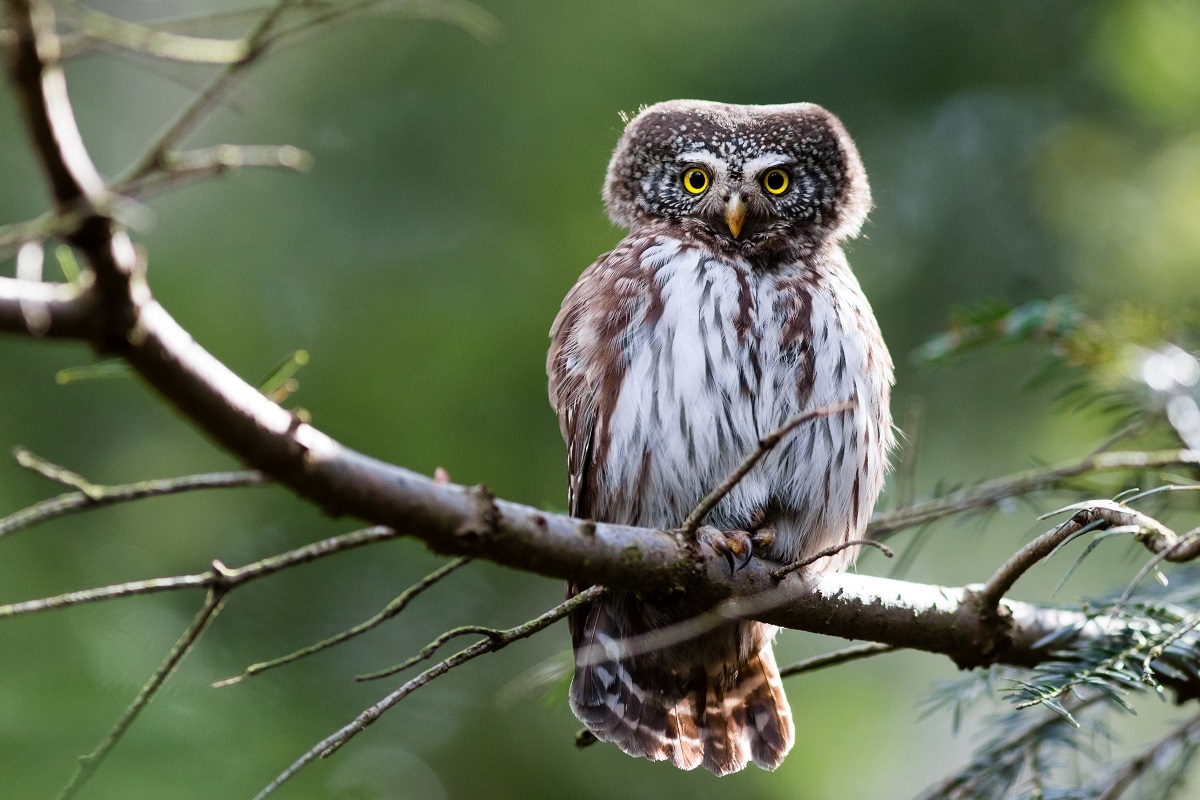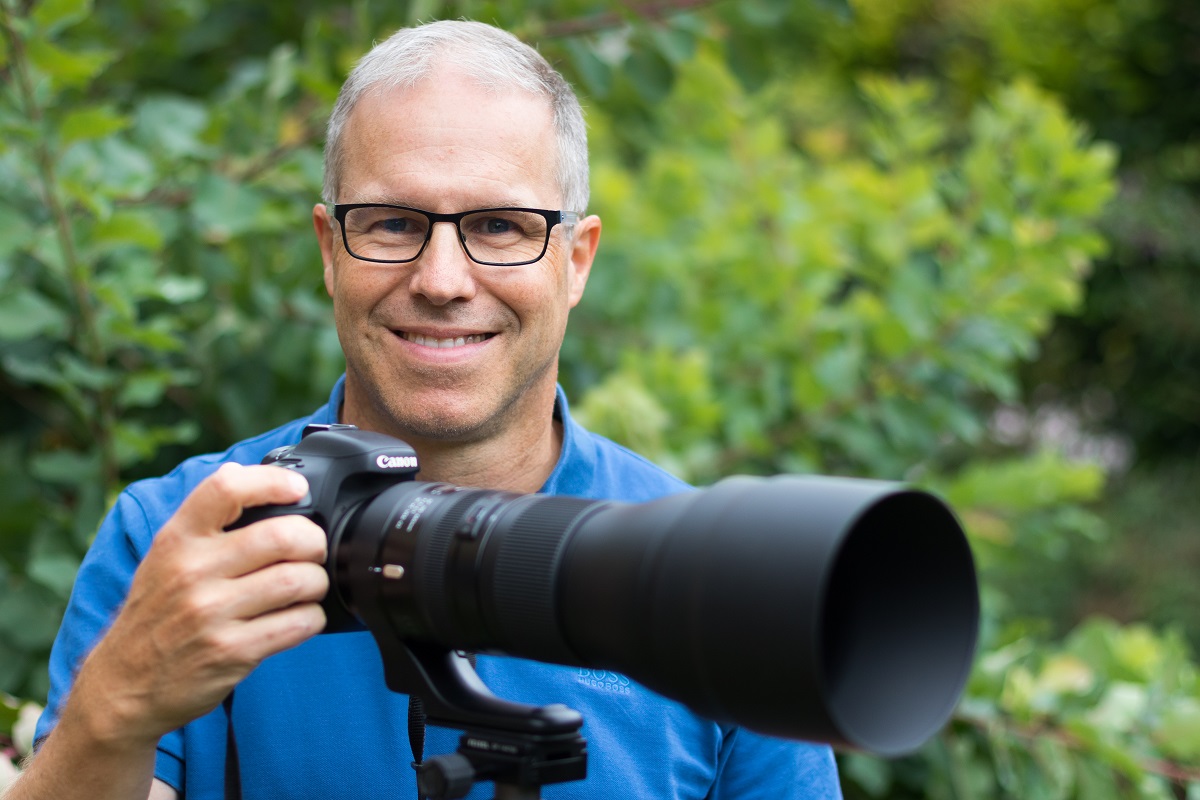What happened before the click...Photographers tell their story behind a special picture. This time it's about how good preparation often gives you the best motifs.

“What luck!” was my first thought after I’d taken this picture of a pygmy owl. But was it really just luck? In fact, good nature photography usually requires detailed preparation. Where does the animal live? What exactly does its natural habitat look like? How does it behave in its environment? When is it active? What does it sound like? And these were the sort of questions I’d been pondering before this hike too. Clearly the pygmy owl lives in the Black Forest, after all it is the mascot of the national park. However, I was only vaguely hoping to come across this little owl. Several times during my walk, I stopped to listen to the sounds of the birds, but without success. Finally, I found myself on a steep forest path surrounded by old conifers, dead wood full of woodpecker holes and plenty of undergrowth. My first thought was, “If I were a pygmy owl, this is where I’d like to live,” and I instinctively stood still to listen. And in fact, there it was: three short flute-like notes one after the other – it had to be a pygmy owl. A little later it flew out from cover and landed in front of me with the light behind it. In a moment, my camera with its lightweight telescopic lens was out and my dream photo was in the can. Was that all luck? No, because if I hadn’t prepared, the lens would have been at home, I wouldn’t have stopped at this spot and I wouldn’t have recognised the owl’s call. I would probably have just carried on walking and missed a truly happy “accident”.

Konstantin Völker has been a passionate photographer of rare and charismatic animals in the wild since his youth. He has always been particularly drawn to predators. For this reason, he has been a supporter of EuroNatur’s bear species conservation project for more than twenty years by sponsoring a bear and he has observed and photographed them on several occasions. His report of his experiences on a bear tour in Slovenia was published in EuroNatur’s magazine.
P.S. With a height of just 19 centimetres, the pygmy owl is the smallest of the owls, but it still strikes prey that is sometimes larger than itself. At the moment (February) you have the best chance of noticing the presence of the little owl: it's mating season...


